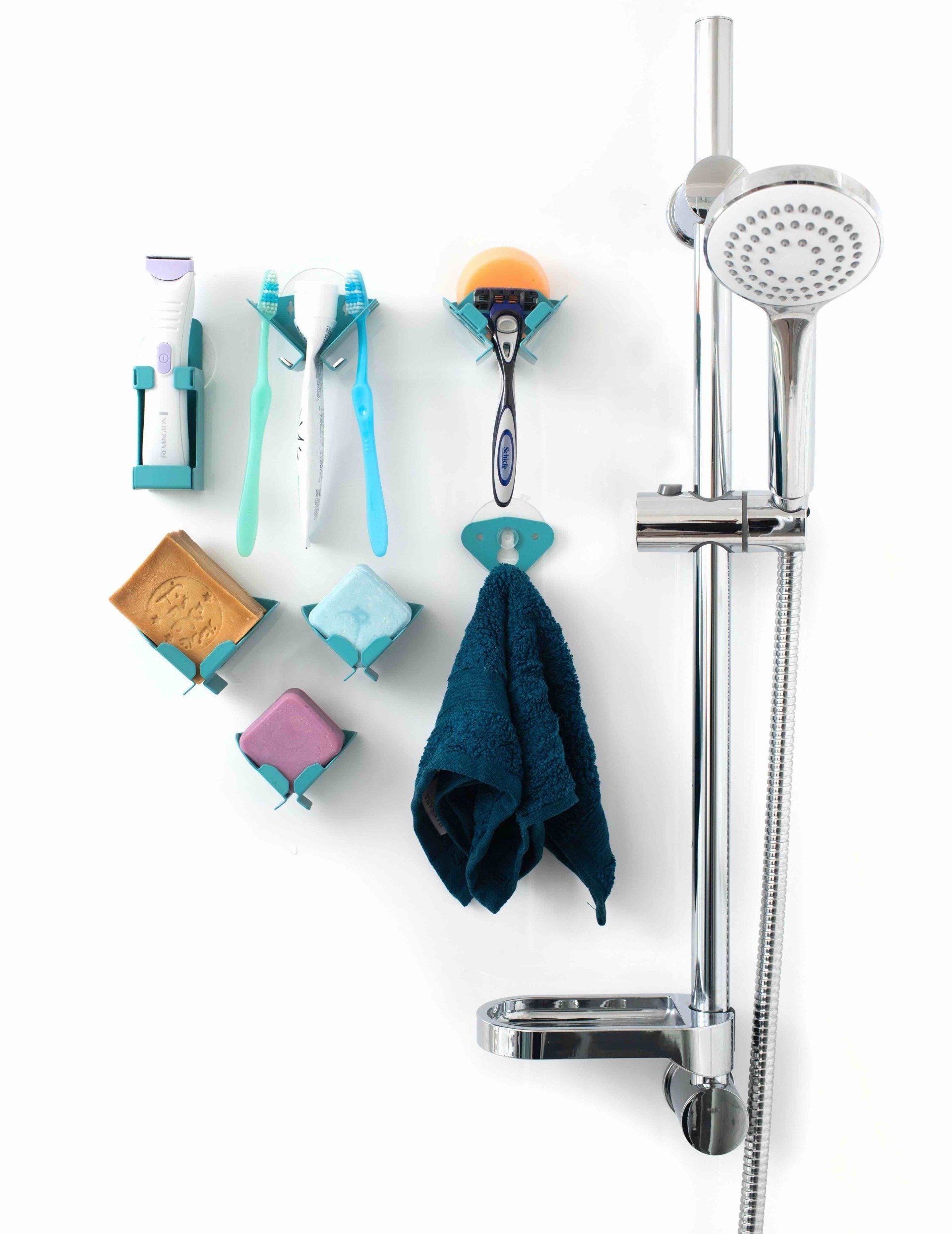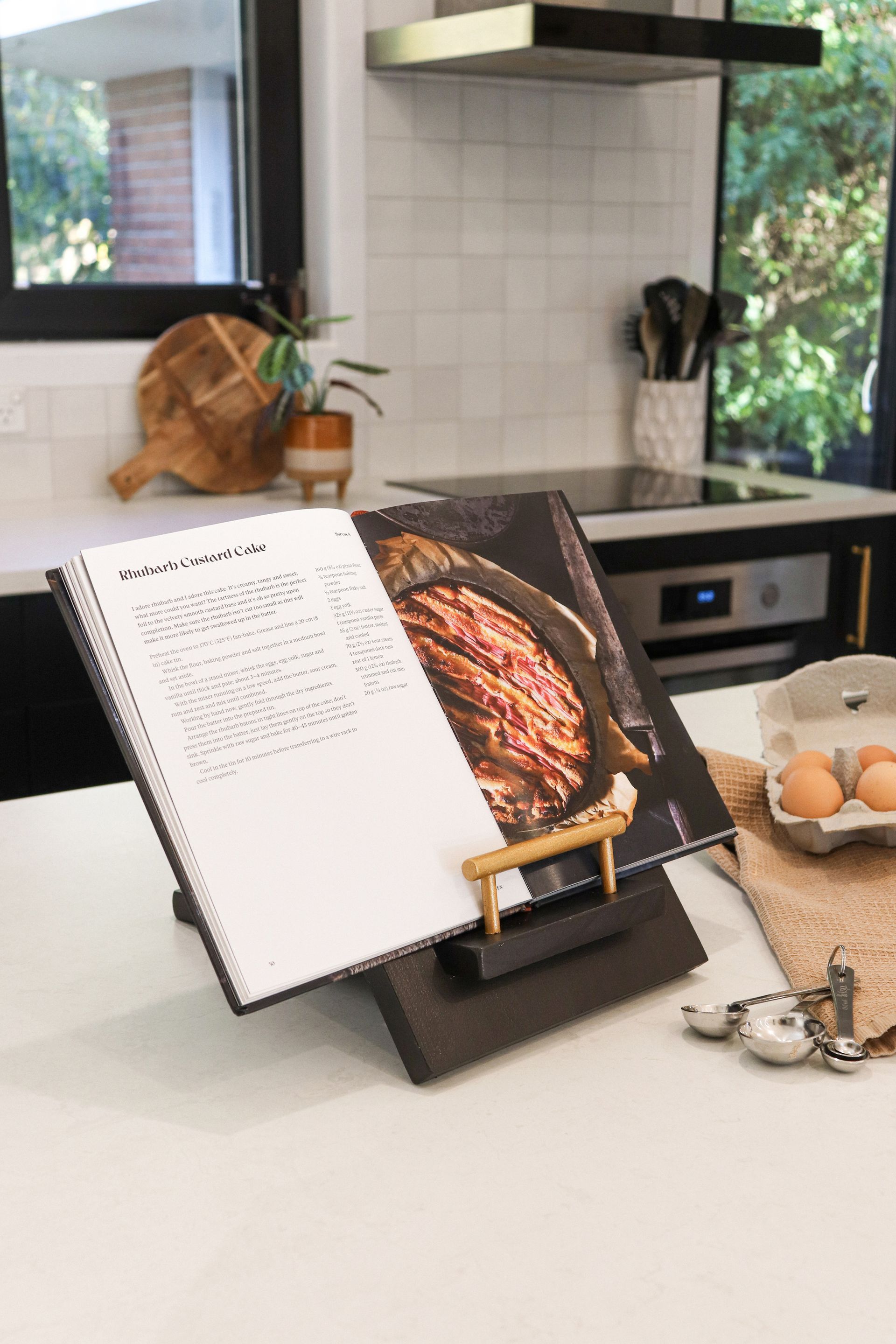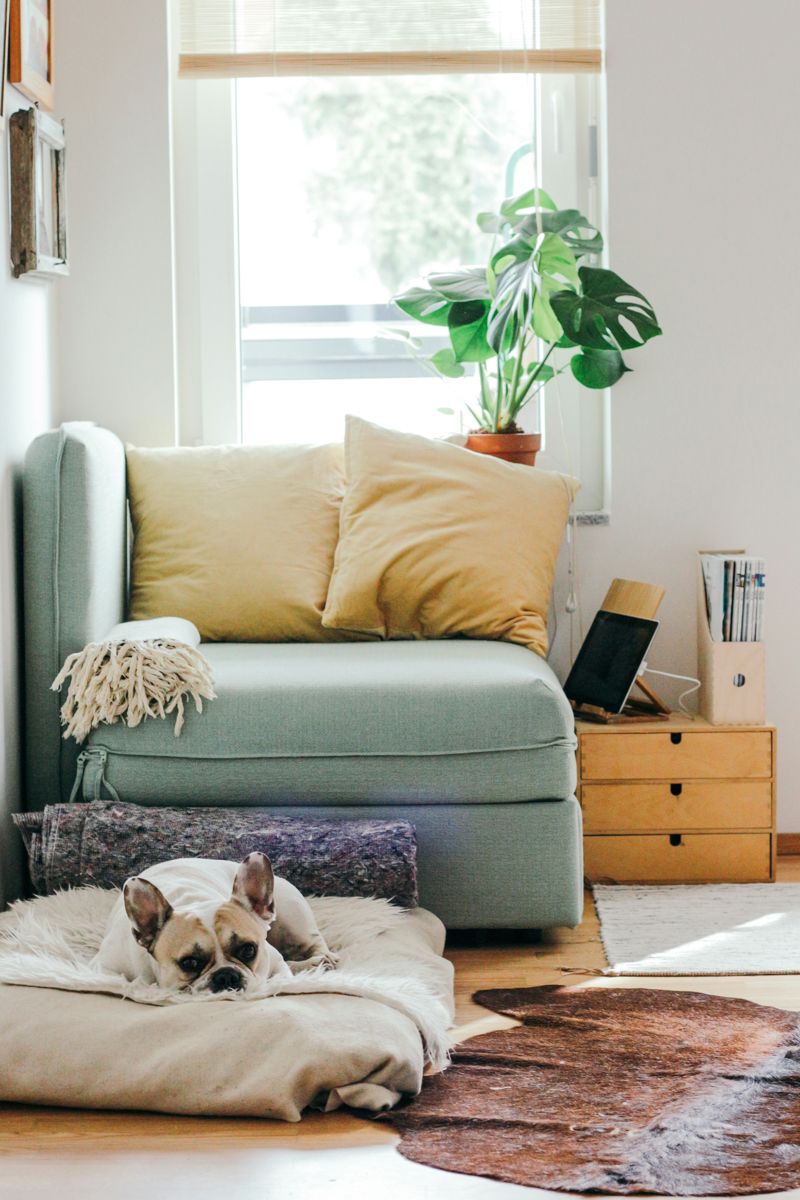I can’t help but smile listening to Clare Wilson on the success of her ‘big idea’. She is personable, driven and forward-thinking in her approach to design, and business. And she is taking her sector of the market by storm.
For 20 years Clare Wilson worked in the leadership team at the Otago Museum, in roles, and a community that she loved. In 2013, however, a change was on the cards and she headed offshore to plan her next move. ‘I gave away 90 per cent of my belongings,’ she says, ‘and went travelling. I made the decision to have a period of no worries and to go to the places I felt like going. For two years I had no plans or obligations. I read a lot of books.’
After two years she settled in Asia working for the Thailand’s National Science Museum. It was during this time that health issues forced her hand. ‘I knew I needed to come back to New Zealand to get better. It was also time to get serious about the next part of my life,’ she explains.
Part of getting serious was ‘finding the big idea. I knew I had a strong skill set that I could apply to something, I just needed to find that something. I kept thinking other people are making money on the internet and having sovereignty over their own time, why aren’t I?’
On her return to New Zealand after getting her health back in order, she headed south again, this time to Riverton. ‘We have a family crib there so I stayed there for a while before buying my own house. It is a place that makes my soul happy.’ Walking the beach every day Clare was still plagued by finding her ‘great idea’.
She also wanted to be more environmentally focused. ‘I wanted to be using less bottles and had tried some shampoo bars but noticed they didn’t keep very well. I wasn’t very happy with sogginess.’ A concept many bar users will be familiar with. ‘I did some research and understood it was a genuine issue for a number of people. I realised storage of bars was a problem I could solve; it was a real problem with a growing market.’
While the quest for a decent soap dish may seem simple now that Clare’s product has taken the bar market by storm, the initial planning process was exhaustive. ‘I knew it needed to drain quickly and have good air flow on all sides, be compact and of course look nice,’ she continues. ‘But it took a couple of months to nut it out. I was thinking about it all the time – when I was walking, when I was driving ... Then one morning I woke up and just had it.’ An open triangular metal frame held in place on the wall or inside a sink by a suction cup.
‘I drew it out on a bit of paper then jumped online. I literally google-searched sheet metal companies in Invercargill, selected the one that had the nicest website and jumped in the car.’
Once inside the selected sheet metal company Clare laughs as she recalls telling the woman on reception that she had a ‘million-dollar idea’ but needed someone to make it.
‘A lovely man ended up coming out to talk to me. He agreed it was a good idea and sent me around the corner to another company as he didn’t have the machine required to make it.’
The next company ‘were wonderful’, explains Clare. ‘They worked with me on making several prototypes, but they weren’t in the business of producing home goods – their business is large-scale engineering solutions, so it wasn’t a long-term solution. But they got me to the point of knowing the idea would work and then it was up to me.’ And so the
Block Dock was born.

With contacts in Asia, Clare investigated the viability of production in China. ‘I got some samples made, which were great as I used them in my market research, sending them to friends and family for feedback, but my gut said I needed to make it in New Zealand.’
Looking back on this decision Clare couldn’t be happier, with production of the Block Dock range now in Dunedin. ‘It has never been so important to support local and I am thrilled I am able to contribute to that.’
Aside from the environmental and manufacturing aspects of her business, Clare also contributes in a far more positive way, with her distribution managed by Southland disAbility Enterprises, an Invercargill-based business enriching the lives of people with disabilities by providing meaningful employment. ‘I was at the point where things were going well, the business was growing but as a one-women band my time was better spent on the business rather than fulfilment. I saw Southland disAbility Enterprises in the news and thought they might be able to help.’
It has been a collaboration that has exceeded expectations and is easily managed from afar, with Clare now residing in Tasman. ‘They receive all of my products direct from the manufacturer in Dunedin, check them, prepare them for sale, add the suction cups, pack the orders and send them out. It is a really positive relationship. They love it and I love it. I am always looking for what more I can be doing with them.’
Like all good entrepreneurs, Clare hasn’t stopped at the production of beautiful wall-mounted soap dishes, and has expanded her range to include toothbrush docks and even razor docks – which have the added benefit of being dual-action with the bar dock inbuilt as well. ‘I solved one problem and more have emerged,’ she laughs. ‘The range has grown, and I have plenty more ideas on the list,’ including a holder for reusable paper towels and dish cloths. As Clare highlights, ‘We all want to do our best for the environment, but for the majority of people that means it has to be easy and rewarding. That’s what we offer with Block Dock products. They all do what they say they will – this is what cements the behavioural change we are after.’
Clare is passionate about being bottle-free and has proudly been so for the last two years. ‘The only thing I still use in a bottle are face products,’ she says. ‘I haven’t quite found the right bars … yet.’ I get the distinct feeling an upcoming collaboration with a local bar maker is on the cards to solve this. Mia Belle and Dear Heart are Clare’s go-to’s when it comes to favourite bar makers, and she encourages everyone to give bottle-free a go. It’s easier than you think. What have you got to lose?
Recent stories



All Rights Reserved | CountryWide Media

